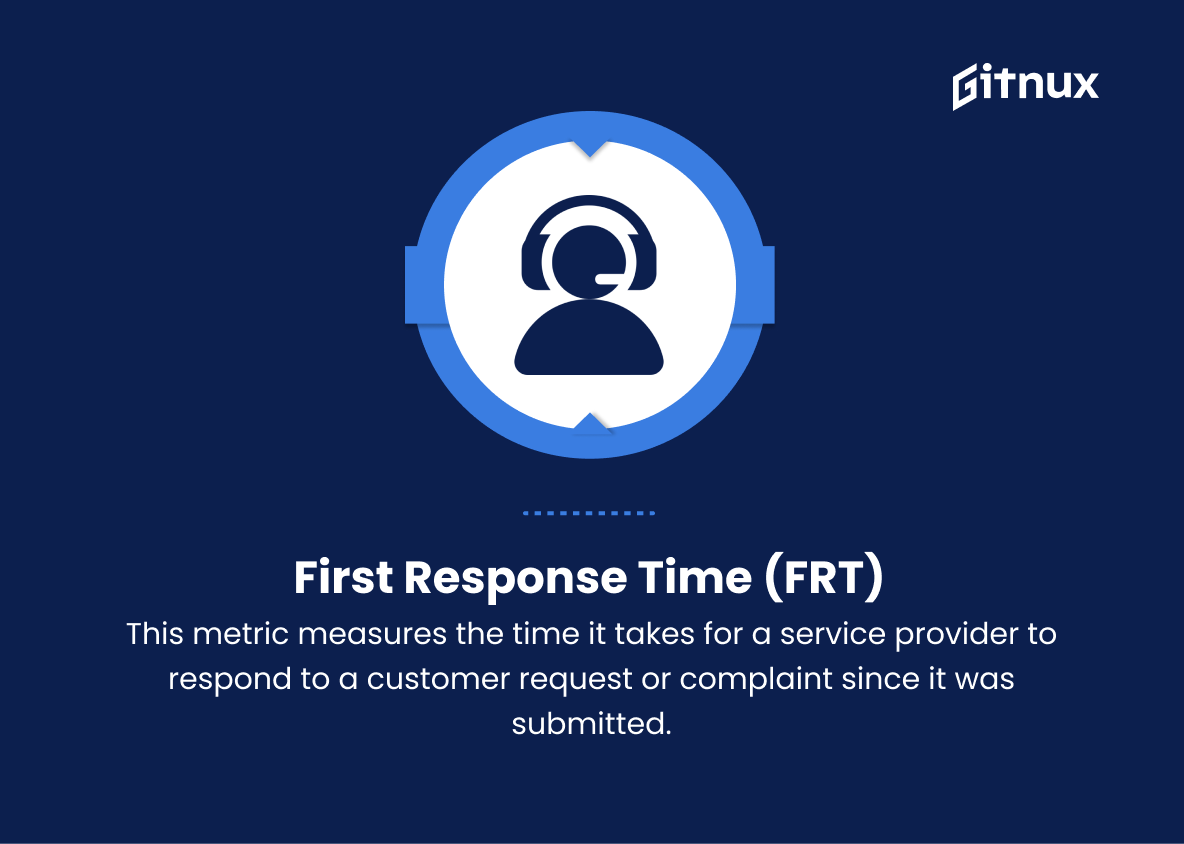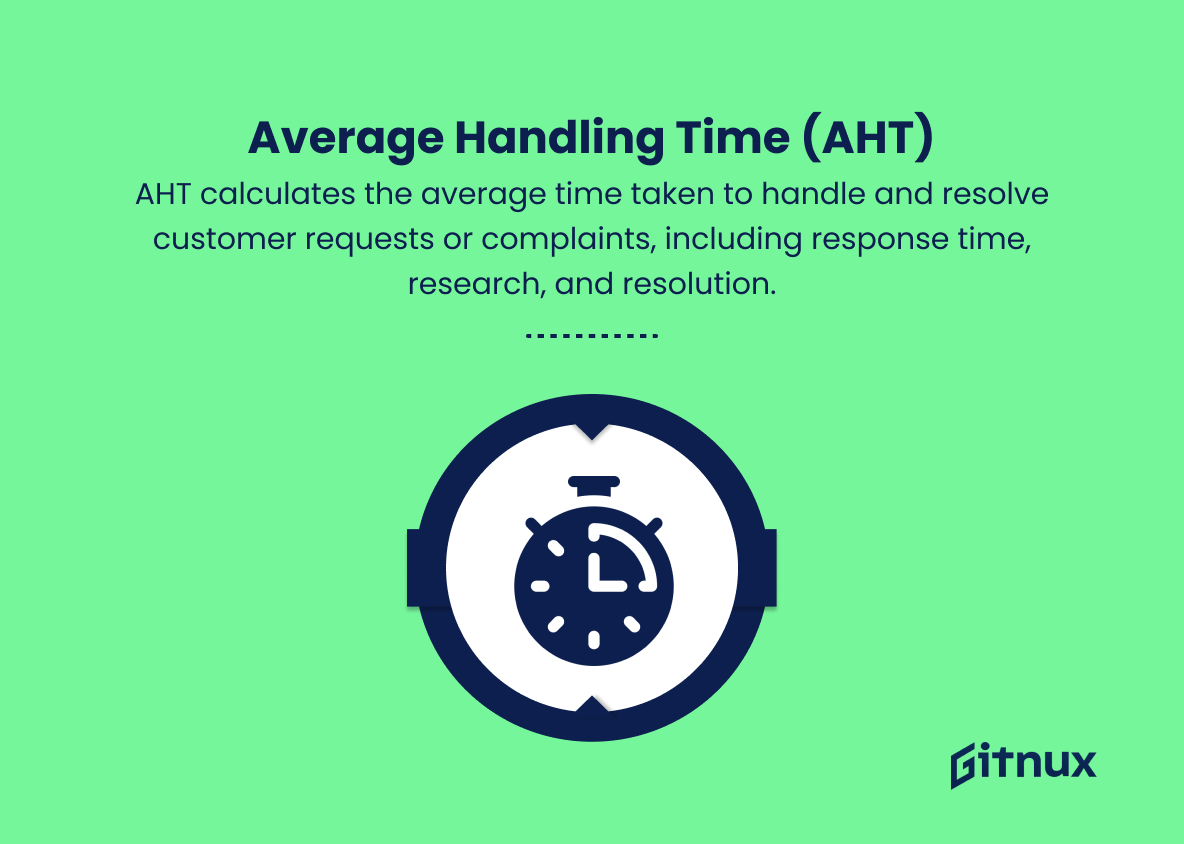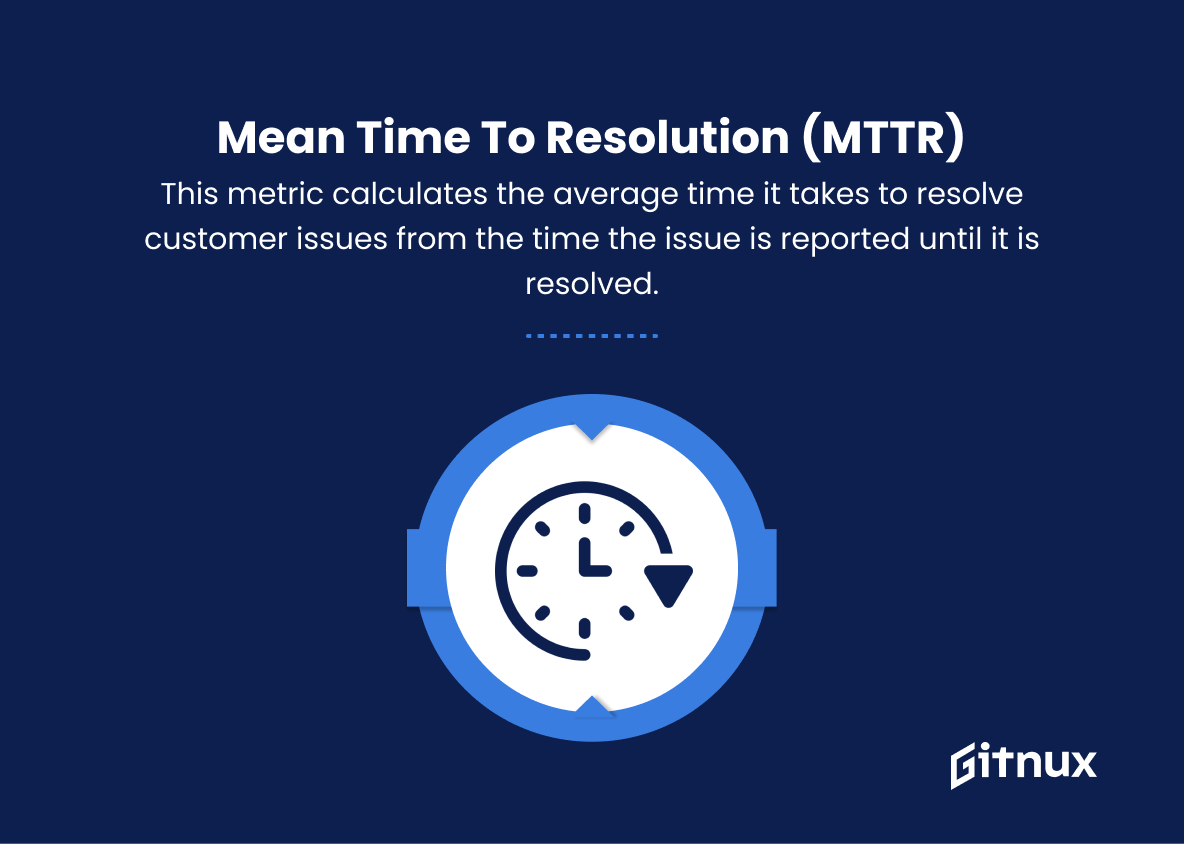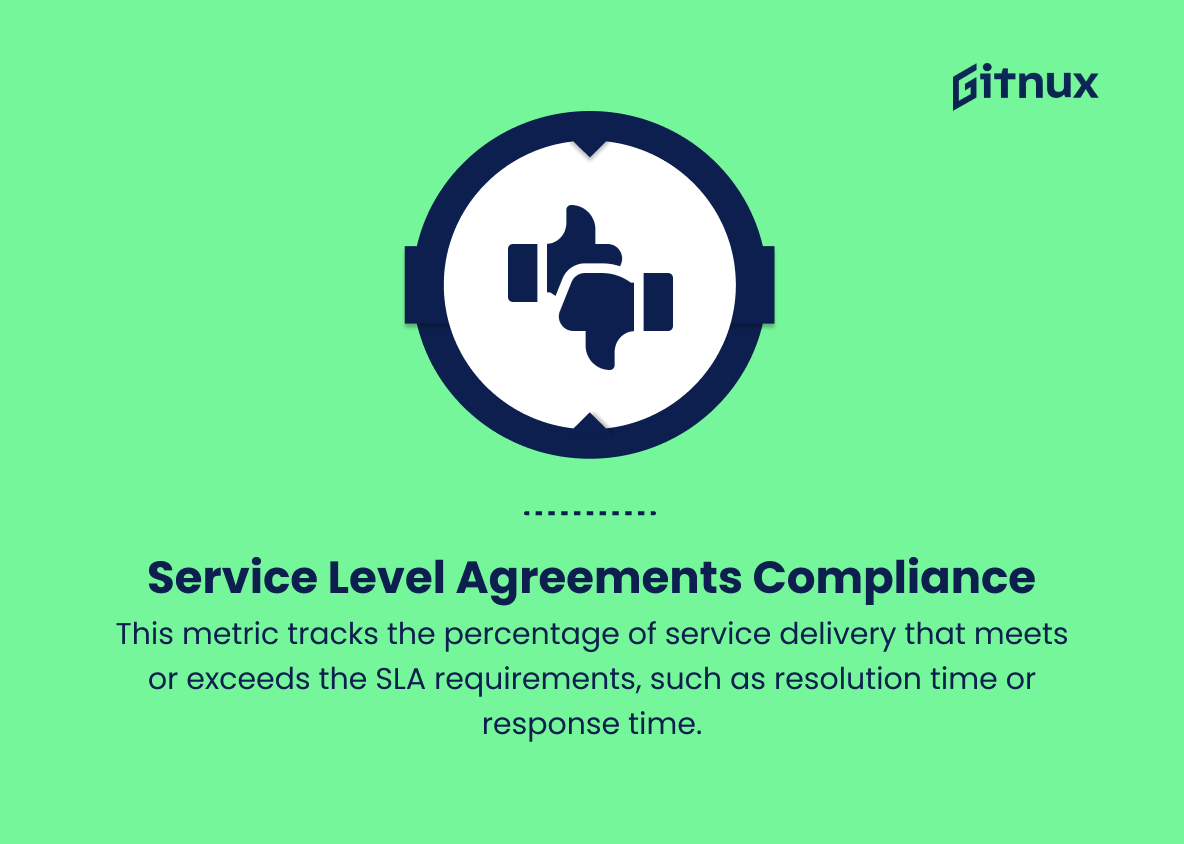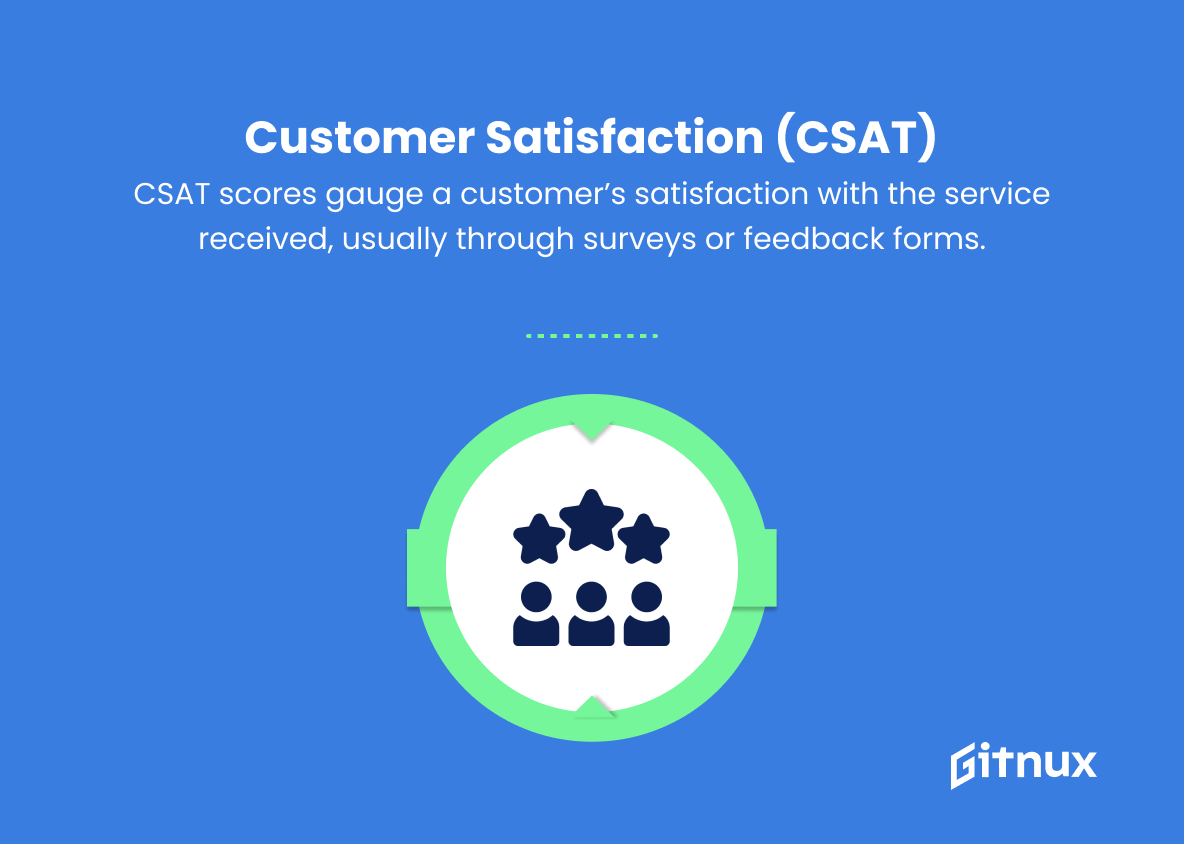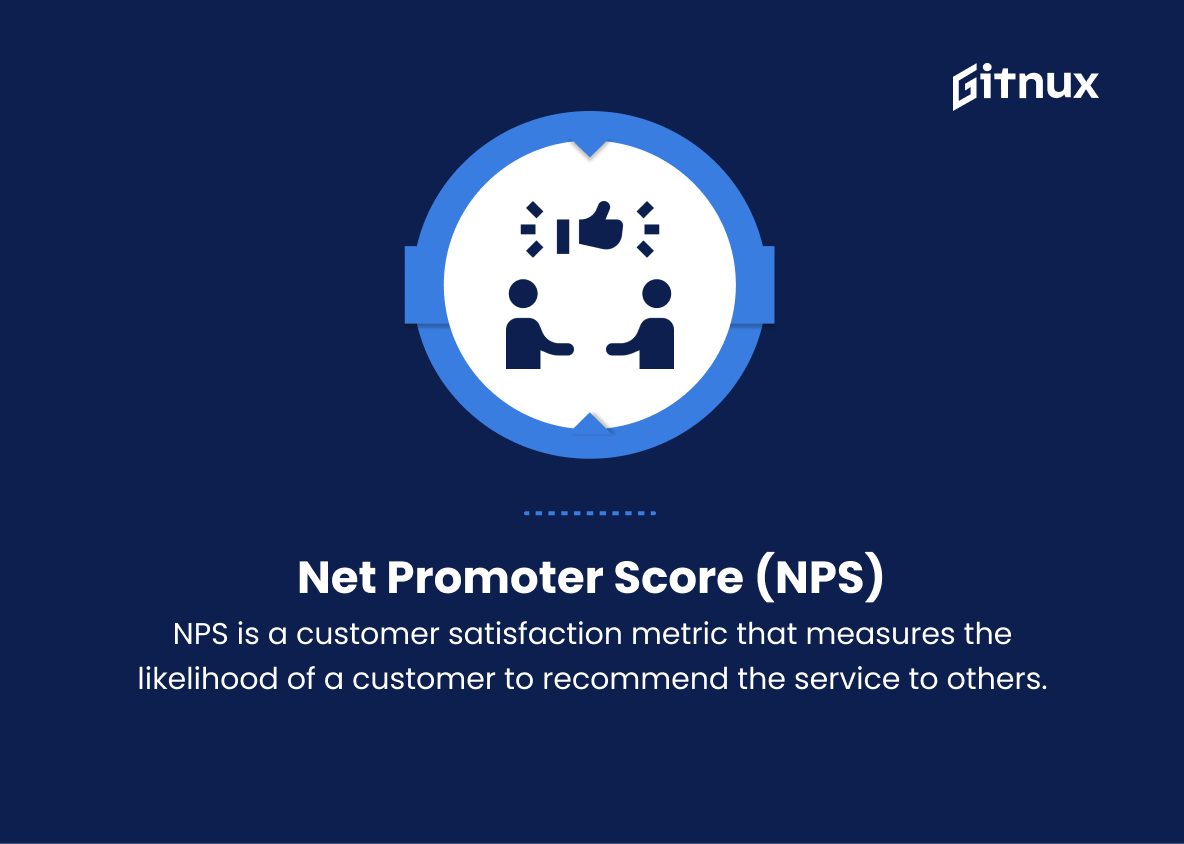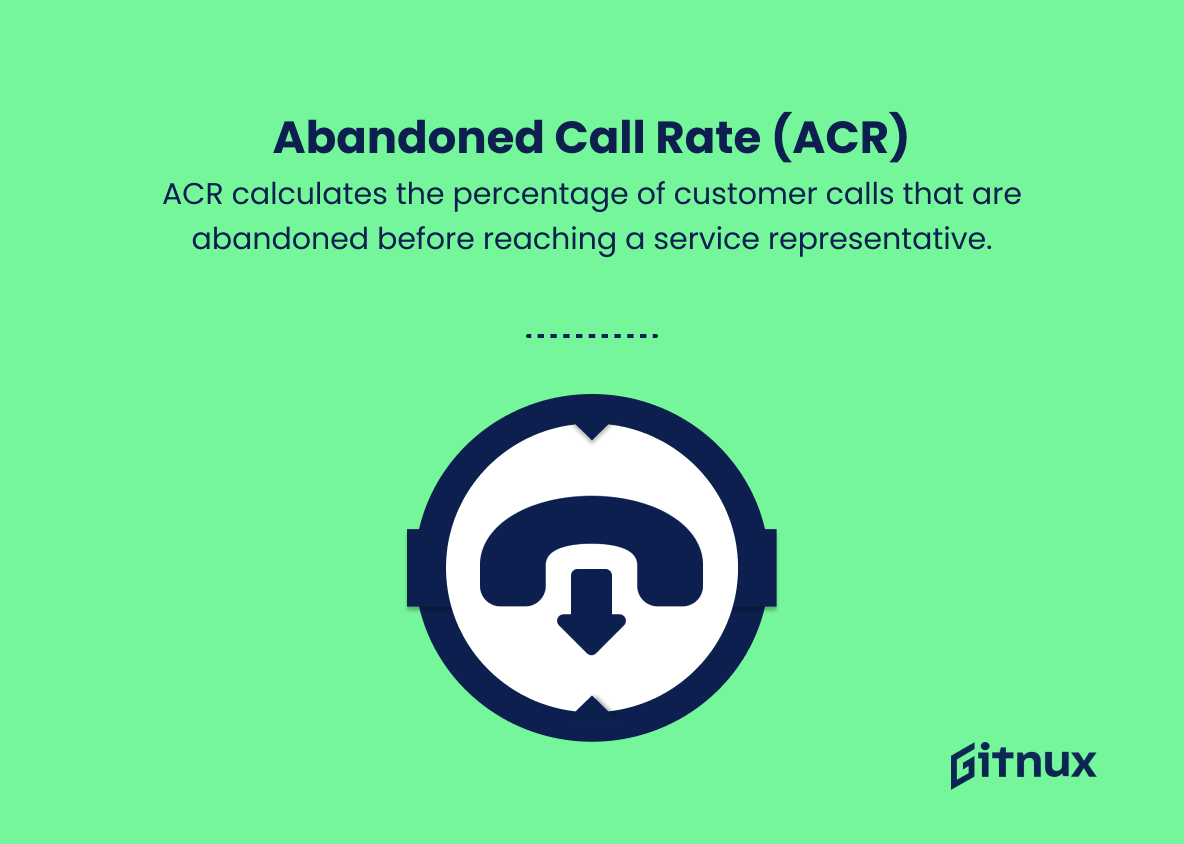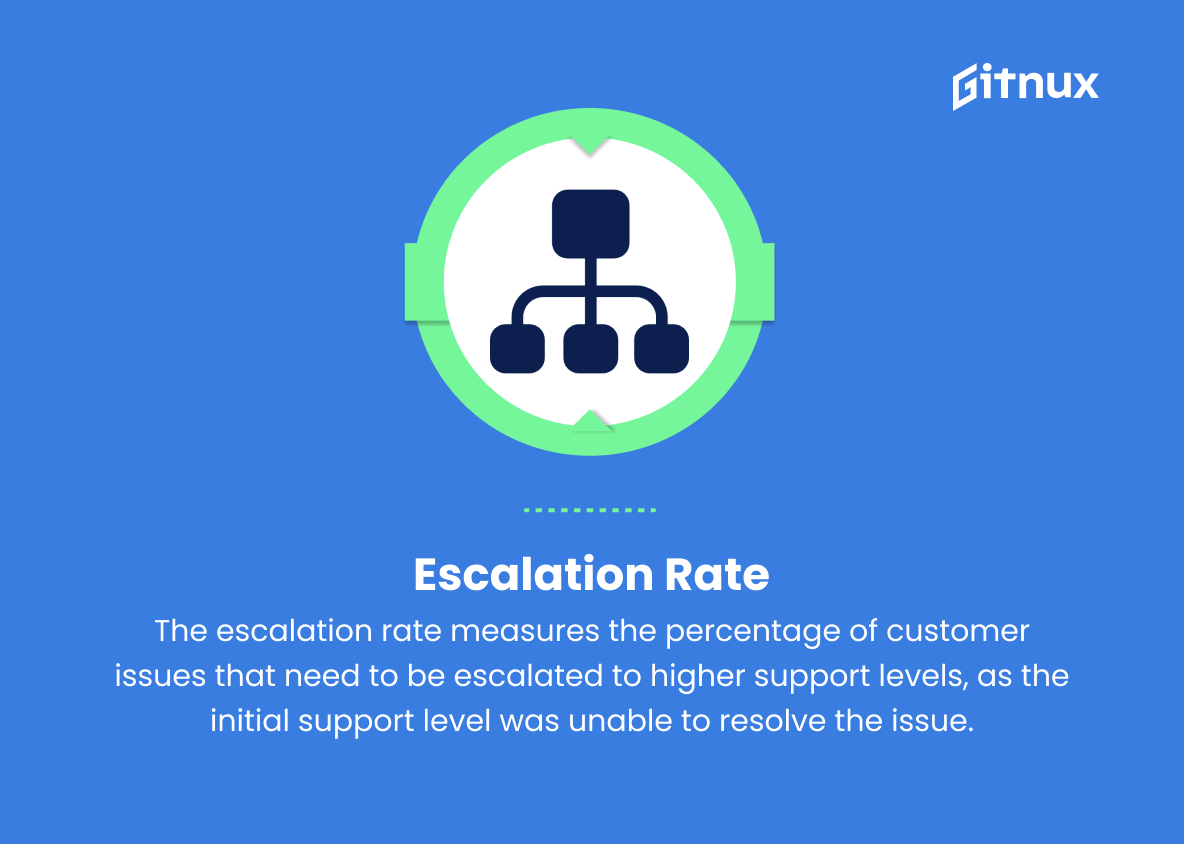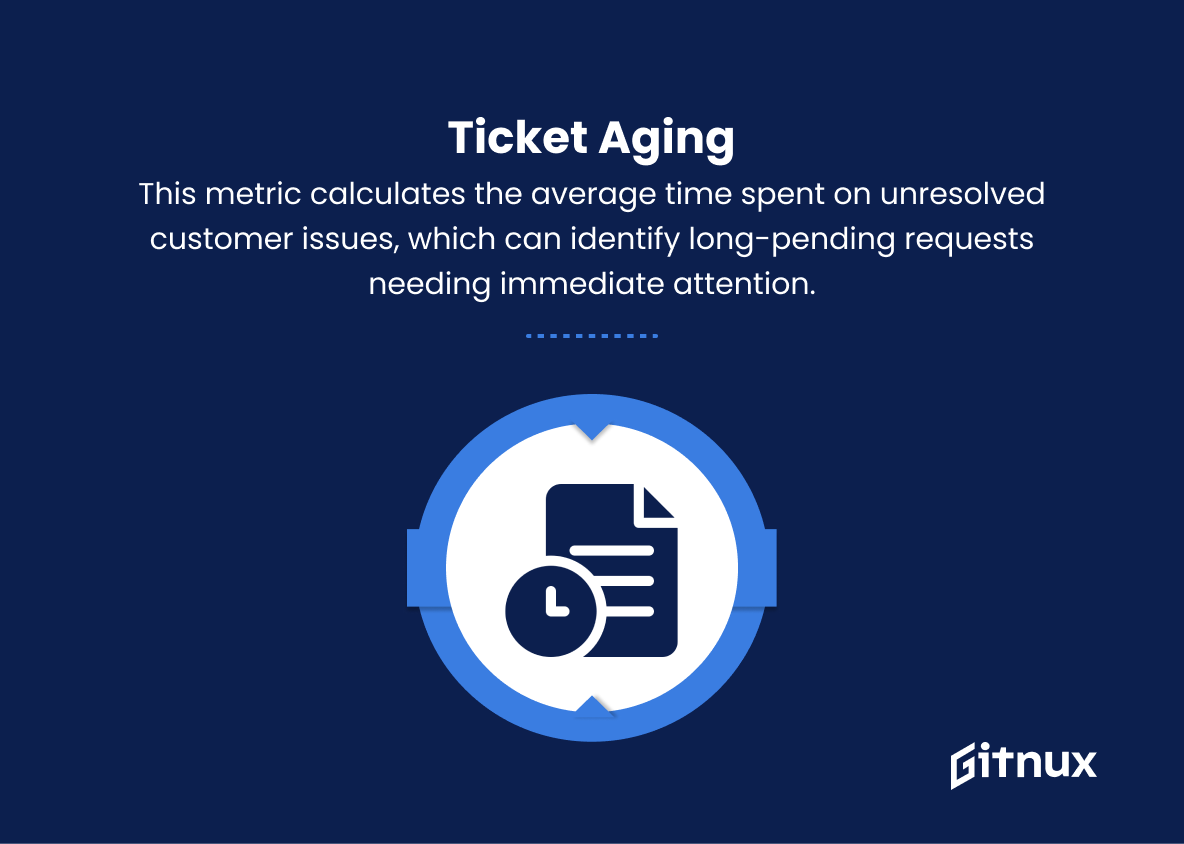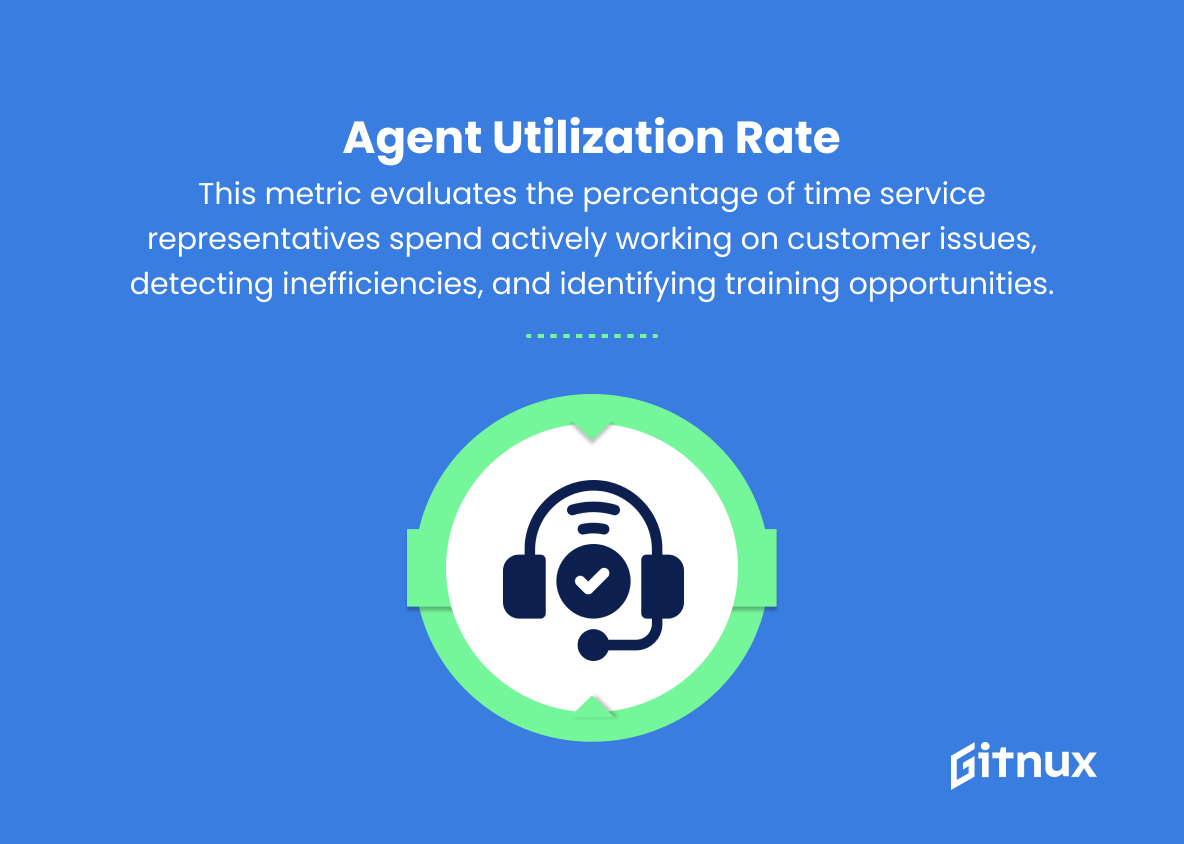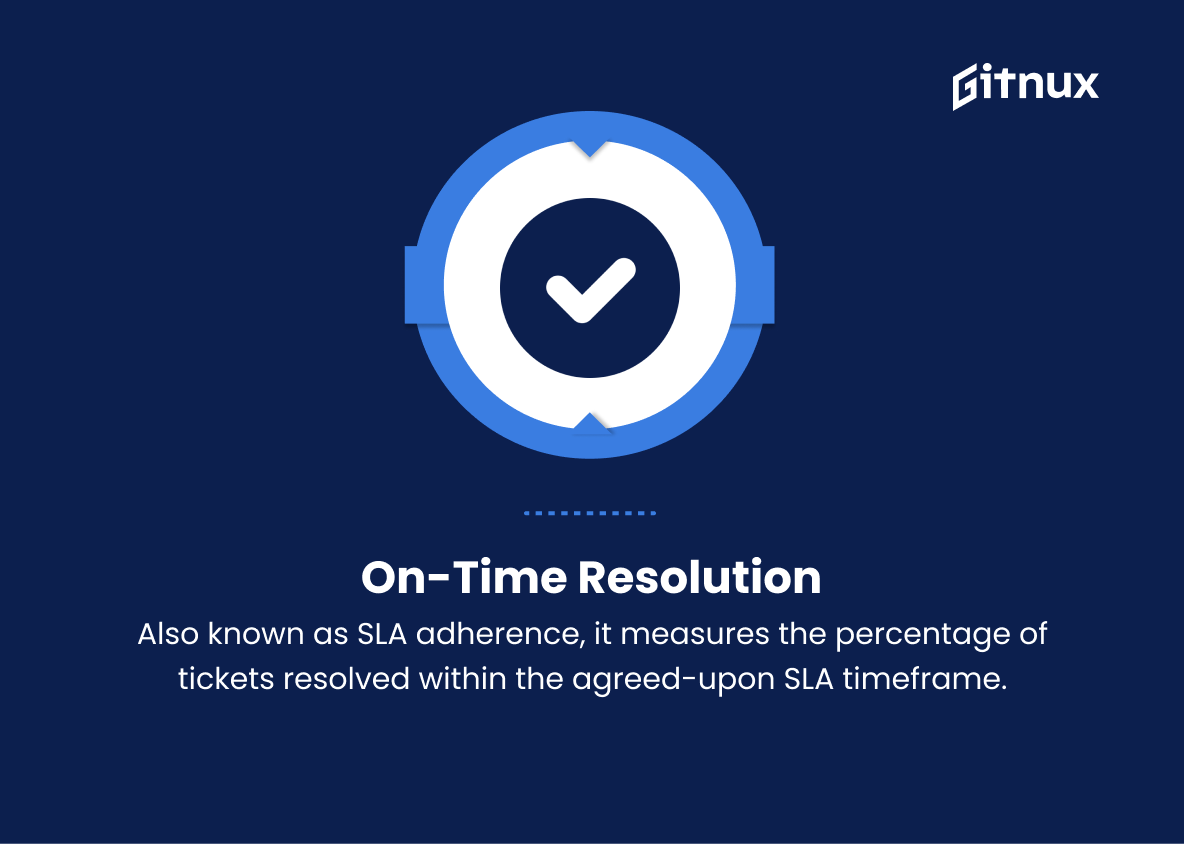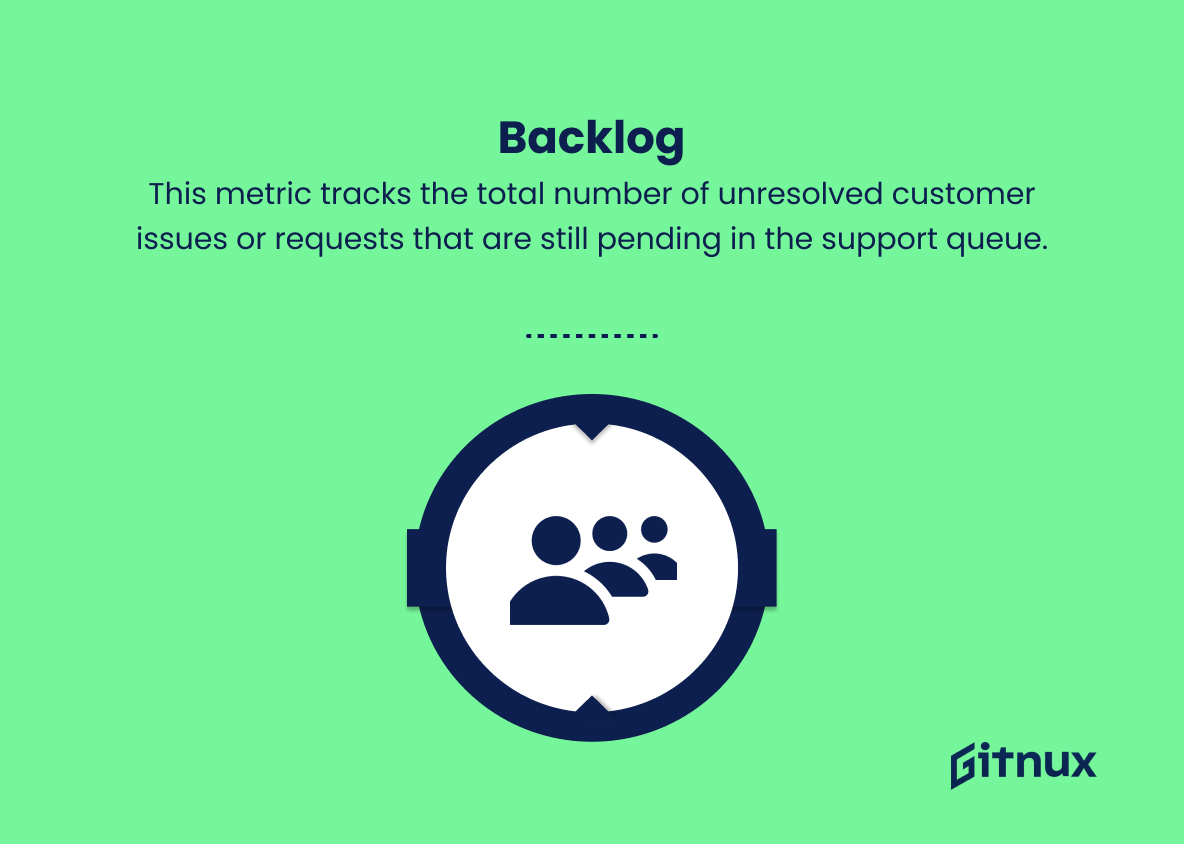In today’s fast-paced and highly competitive business landscape, organizations need to closely monitor and analyze not only their financial performance, but also the effectiveness of their activities and the services they provide. An essential aspect of this process is measuring and managing Service Level Agreements (SLAs) to ensure that their commitments to clients are consistently upheld.
SLA Performance Metrics play a fundamental role in achieving this objective, providing valuable insights and actionable data that organizations can leverage to improve service quality, customer satisfaction, and ultimately, their bottom line. In this blog post, we will delve into the importance of SLA Performance Metrics, explore the vital principles and metrics that should be considered in any SLA monitoring system, and discuss best practices for effective implementation and continuous optimization. Join us as we unlock the key to unparalleled service excellence through a comprehensive understanding of SLA Performance Metrics.
SLA Performance Metrics You Should Know
1. First Response Time (FRT)
This metric measures the time it takes for a service provider to respond to a customer request or complaint since it was submitted.
2. Average Handling Time (AHT)
AHT calculates the average time taken to handle and resolve customer requests or complaints, including response time, research, and resolution.
3. First Contact Resolution (FCR)
FCR measures the percentage of customer issues resolved during the first contact, thus reducing the need for follow-ups.
4. Mean Time to Resolution (MTTR)
This metric calculates the average time it takes to resolve customer issues from the time the issue is reported until it is resolved.
5. Service Level Agreements (SLA) Compliance
This metric tracks the percentage of service delivery that meets or exceeds the SLA requirements, such as resolution time or response time.
6. Customer Satisfaction (CSAT)
CSAT scores gauge a customer’s satisfaction with the service received, usually through surveys or feedback forms.
7. Net Promoter Score (NPS)
NPS is a customer satisfaction metric that measures the likelihood of a customer to recommend the service to others.
8. Abandoned Call Rate (ACR)
ACR calculates the percentage of customer calls that are abandoned before reaching a service representative, which may indicate long wait times or an inefficient IVR system.
9. Escalation Rate
The escalation rate measures the percentage of customer issues that need to be escalated to higher support levels, as the initial support level was unable to resolve the issue.
10. Ticket Aging
This metric calculates the average time spent on unresolved customer issues, which can identify long-pending requests needing immediate attention.
11. Cost per Contact
This metric measures the cost associated with handling a customer request or complaint, including staff wages, overheads, and any equipment or tools used to address the issue.
12. Agent Utilization Rate
This metric evaluates the percentage of time service representatives spend actively working on customer issues, detecting inefficiencies, and identifying training opportunities.
13. On-Time Resolution
Also known as SLA adherence, it measures the percentage of tickets resolved within the agreed-upon SLA timeframe.
14. Backlog
This metric tracks the total number of unresolved customer issues or requests that are still pending in the support queue.
15. Service Restoration
This metric measures the time taken for the service provider to restore services to their normal state after a disruption, outage, or incident.
These metrics can help organizations gauge the effectiveness and efficiency of their support teams, identify areas of improvement, and ensure that customer needs are met consistently.
SLA Performance Metrics Explained
SLA performance metrics matter because they provide insights into the effectiveness and efficiency of service providers and support teams, ensuring that customer needs are met consistently. Metrics such as First Response Time and Average Handling Time help track response speed and issue resolution, contributing to customer satisfaction. Meanwhile, First Contact Resolution and Mean Time to Resolution measure the effectiveness of resolving issues quickly and without the need for follow-ups. SLA Compliance and On-Time Resolution monitor the adherence to service level agreements and help enforce accountability.
Customer Satisfaction and Net Promoter Scores gauge overall satisfaction and influence customer loyalty. Metrics like Abandoned Call Rate, Escalation Rate, and Ticket Aging identify areas for improvement and potential inefficiencies. Cost per Contact and Agent Utilization Rate are crucial for managing resources effectively. Lastly, Backlog and Service Restoration track outstanding issues and service reliability, contributing to maintaining a high level of service quality.
Conclusion
In summary, SLA performance metrics are crucial for the success of any organization committed to delivering consistent and high-quality services to its customers. Effectively determining, monitoring, and analyzing these metrics allows businesses to make informed decisions, improve procedures, and strengthen relationships with clients.
Ultimately, the implementation of robust SLA performance measurements enhances service quality and fosters business growth, making it an essential aspect of any organization’s long-term strategy. By staying abreast of the ever-evolving landscape of SLA performance measurement, businesses can remain competitive and continue to exceed client expectations in today’s fast-paced and customer-centric world.
